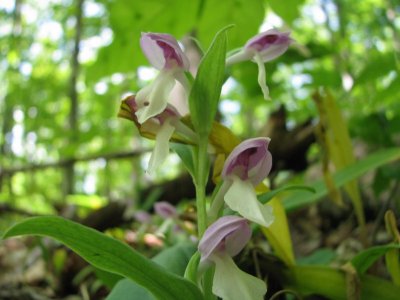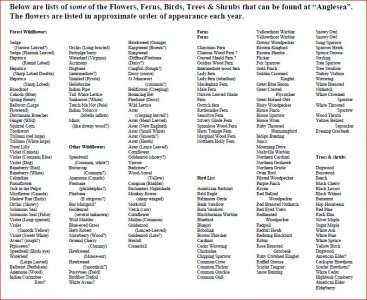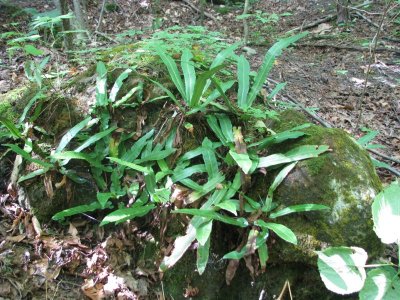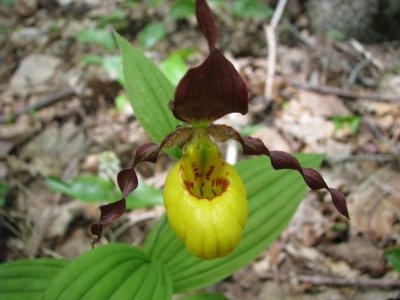RuralKanuck
Member
- Location
- Ontario, Canada
Here in Ontario there is a program whereby owners of forestry lands can get a modest reduction of the taxes charged on said land under certain conditions which at first glance do not seem to difficult to achieve. They are to have more than 10 acres of land, have a commitment to good land ownership and have an approved managed forest plan. My property has been under such a plan for many years even prior to my purchasing it 25 years ago, said plan must be updated and approved every 5 years to continue to receive the tax reduction benefit.
The property itself is a rugged area of left over glacier till and 'drumlins' known as The Klondike Hills and registered under said Managed Forest plan. The following is an extract from the required ministry plan as of the last renewal submitted....
1) Maintain a healthy forest by collectingand reading resource material and taking recognized courses in forest management. Then carry out sustainable forest management practices
2) Maintain and enhance wildlife habitat bythe careful observance of existing species and non disturbance of same. Create nesting and den sites wherever practical with the use of brush, wild plantings, shrubs etc.
3) Develop a series of walking trails to enjoy the natural plant and wild life and minimize the impact upon the natural environment
4) Remove a limited amount of fuelwood each year for personal use. Use some thinned pine for pine lumber for home construction.
5) Very selectively thin pine and usable hardwood as local markets are found to assist in providing income to maintain and enhance property.
I will write more later about our efforts to follow that plan in the last 25 years since we bought theproperty which had seen little activity of any kind for some timebefore I bought it. Feel free to ask about any aspects of that journey as we talk more about it.
The property itself is a rugged area of left over glacier till and 'drumlins' known as The Klondike Hills and registered under said Managed Forest plan. The following is an extract from the required ministry plan as of the last renewal submitted....
1) Maintain a healthy forest by collectingand reading resource material and taking recognized courses in forest management. Then carry out sustainable forest management practices
2) Maintain and enhance wildlife habitat bythe careful observance of existing species and non disturbance of same. Create nesting and den sites wherever practical with the use of brush, wild plantings, shrubs etc.
3) Develop a series of walking trails to enjoy the natural plant and wild life and minimize the impact upon the natural environment
4) Remove a limited amount of fuelwood each year for personal use. Use some thinned pine for pine lumber for home construction.
5) Very selectively thin pine and usable hardwood as local markets are found to assist in providing income to maintain and enhance property.
I will write more later about our efforts to follow that plan in the last 25 years since we bought theproperty which had seen little activity of any kind for some timebefore I bought it. Feel free to ask about any aspects of that journey as we talk more about it.





